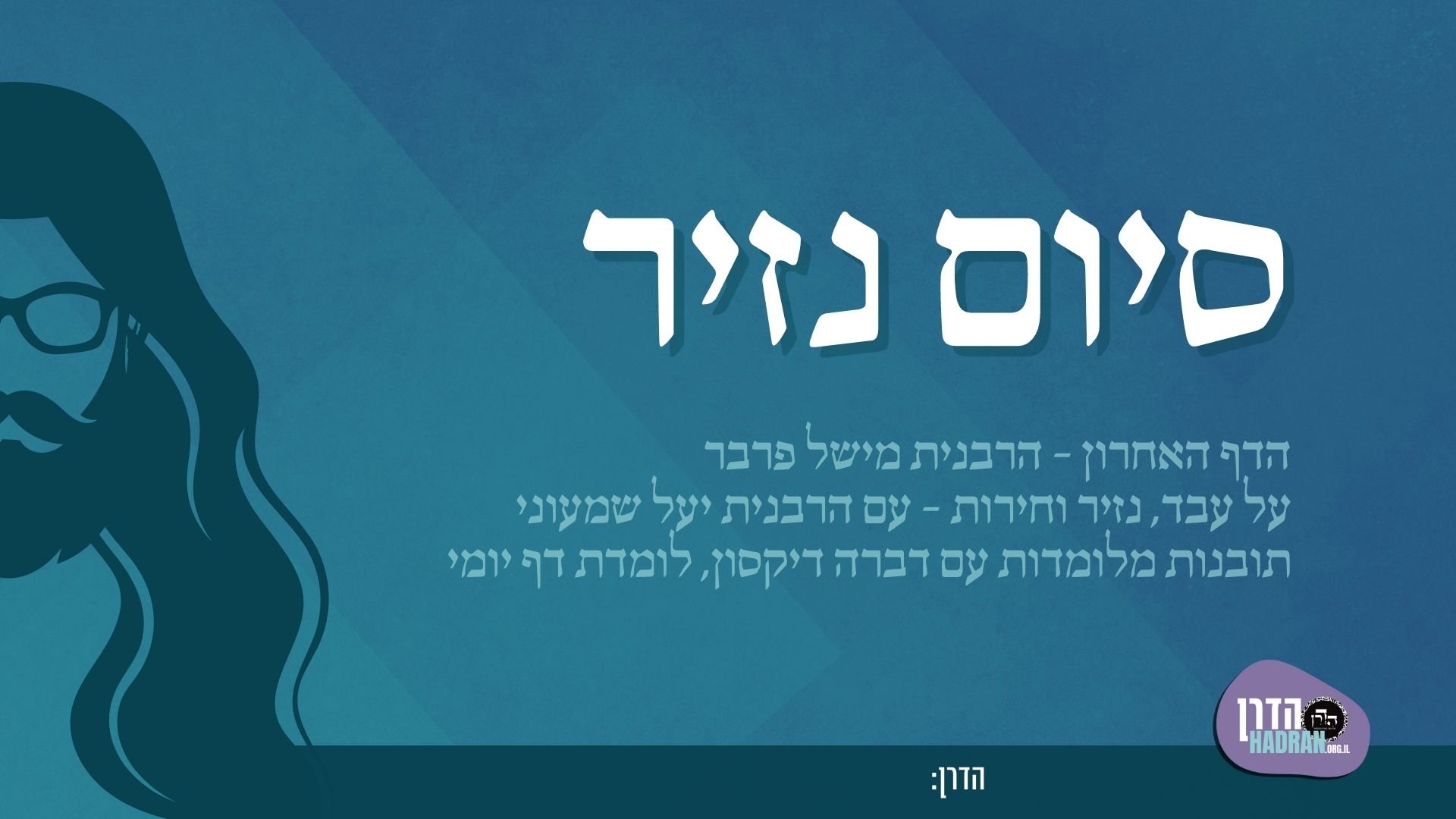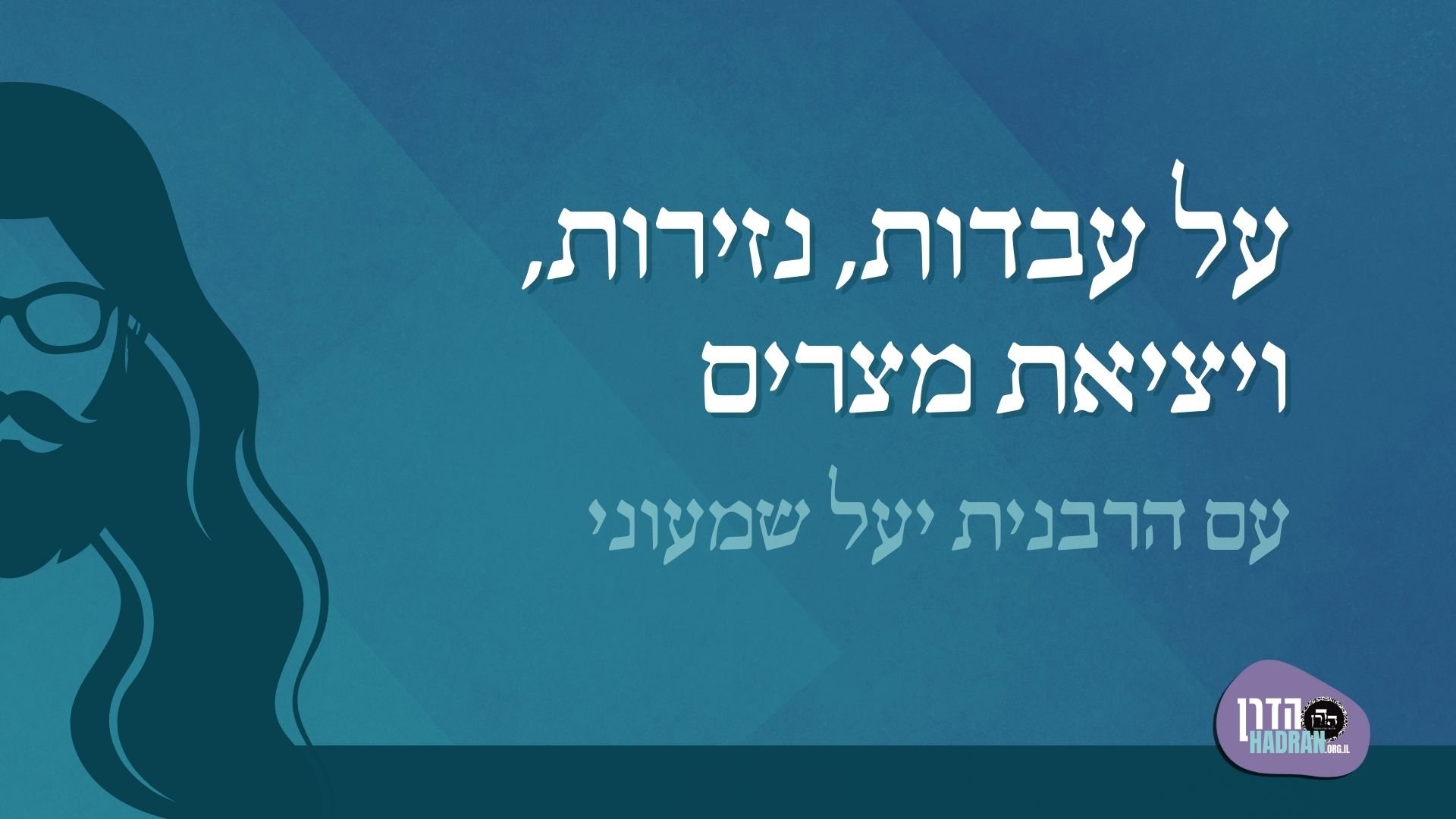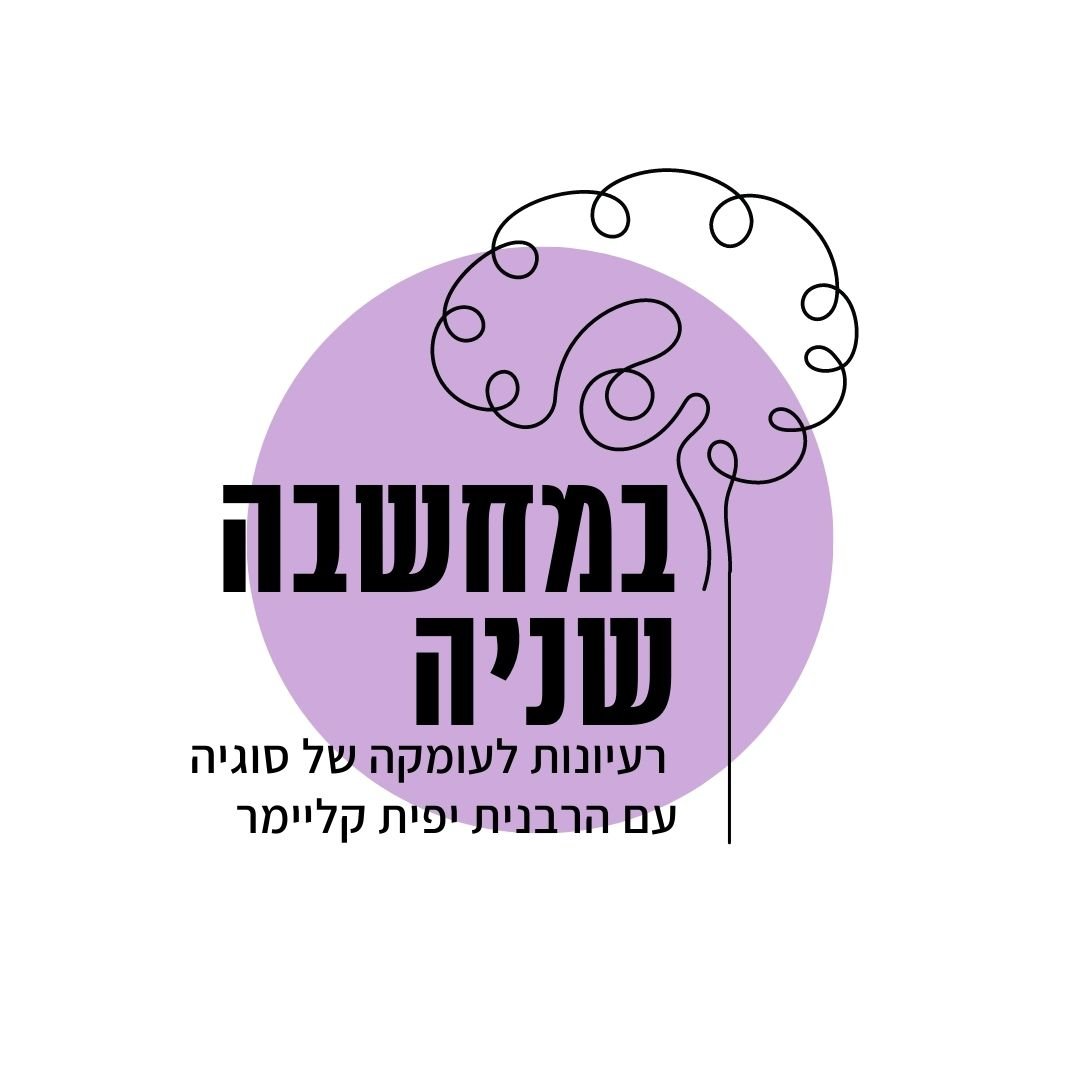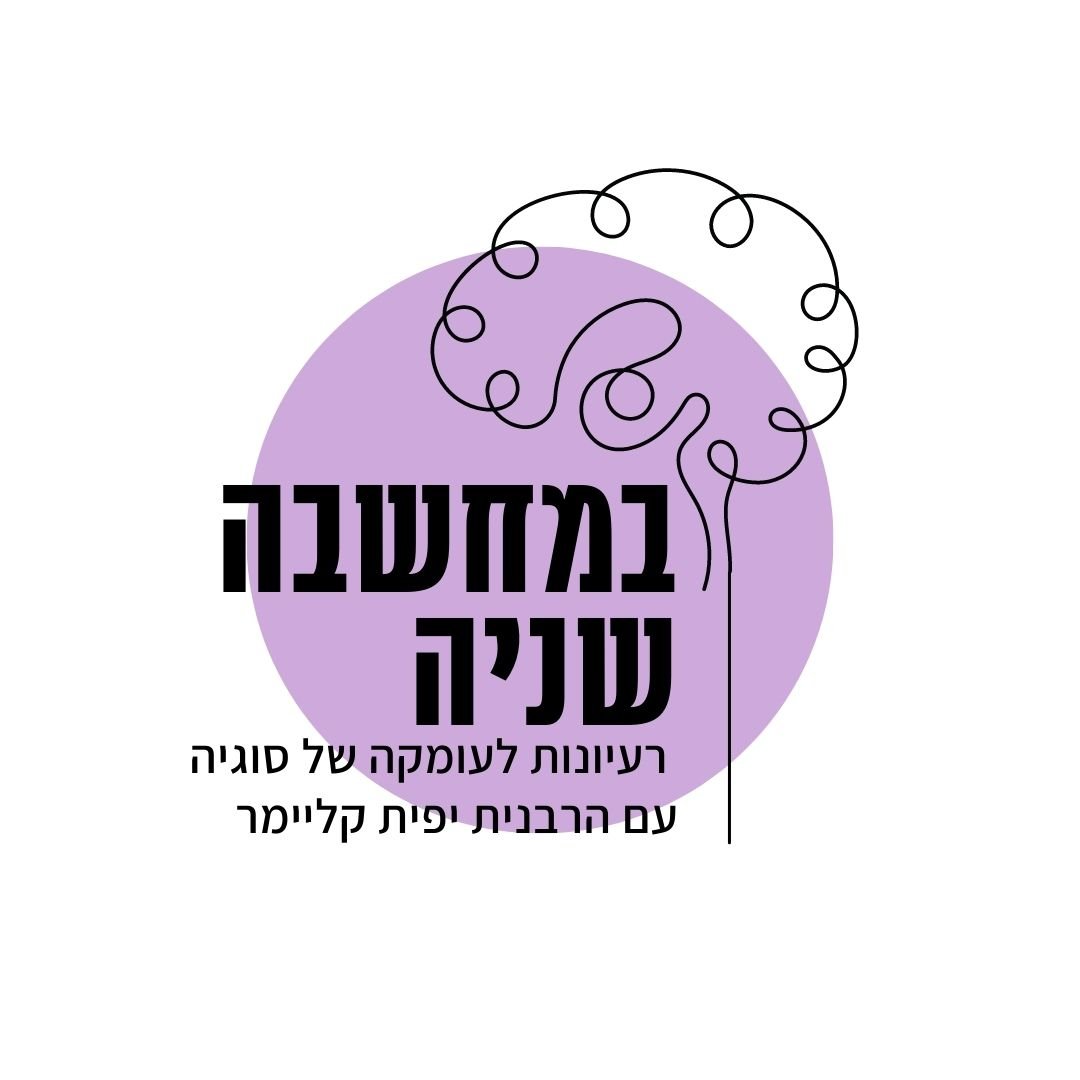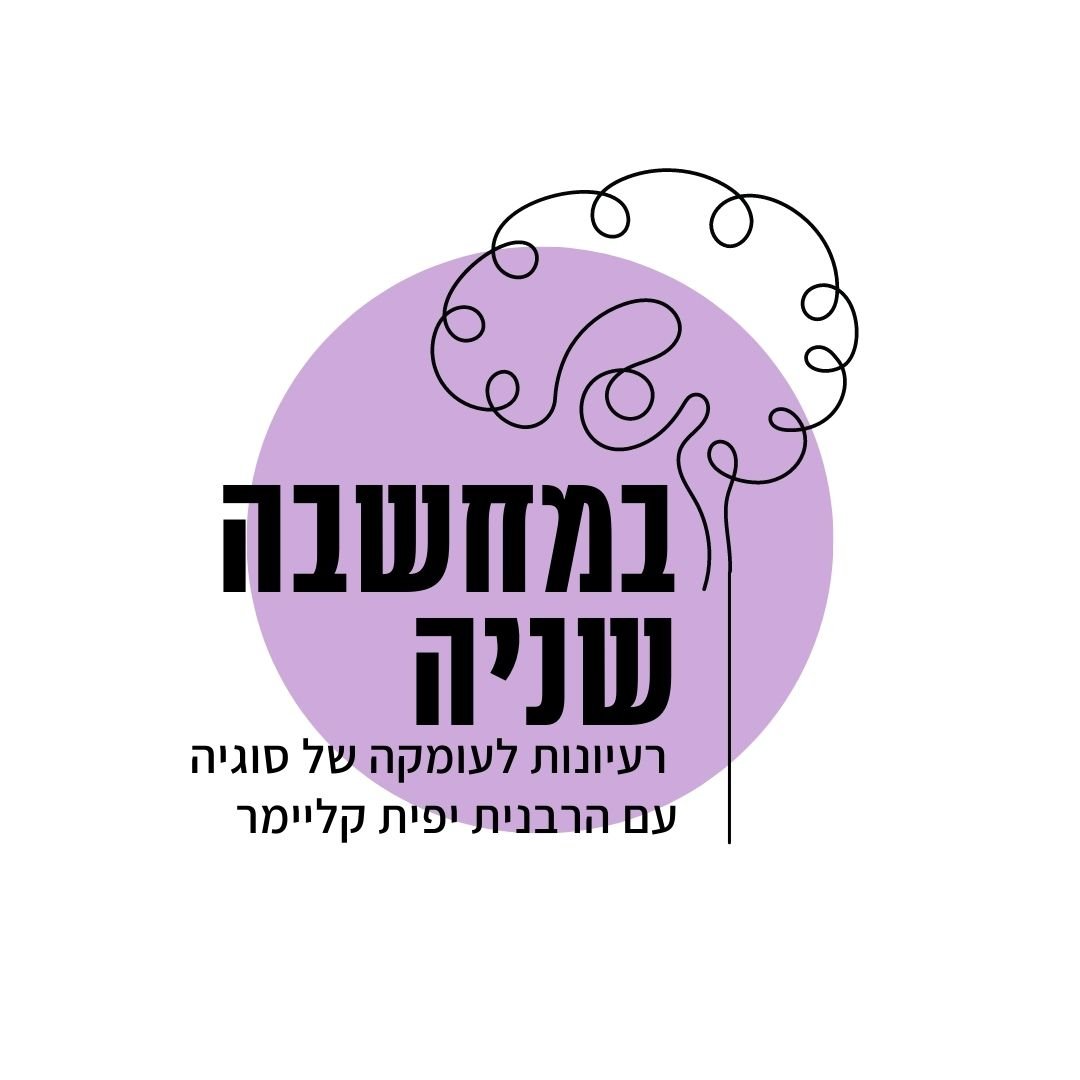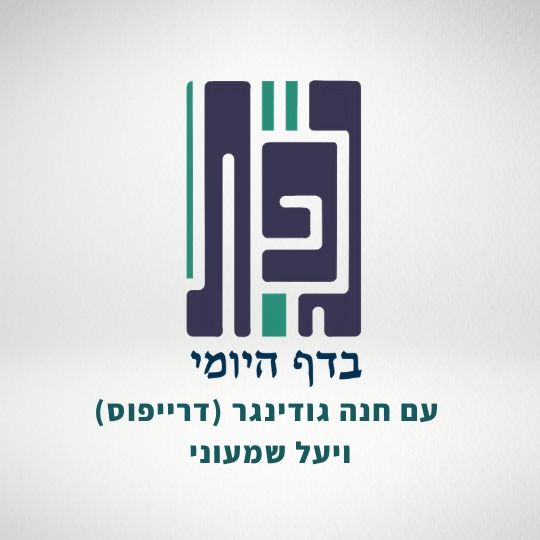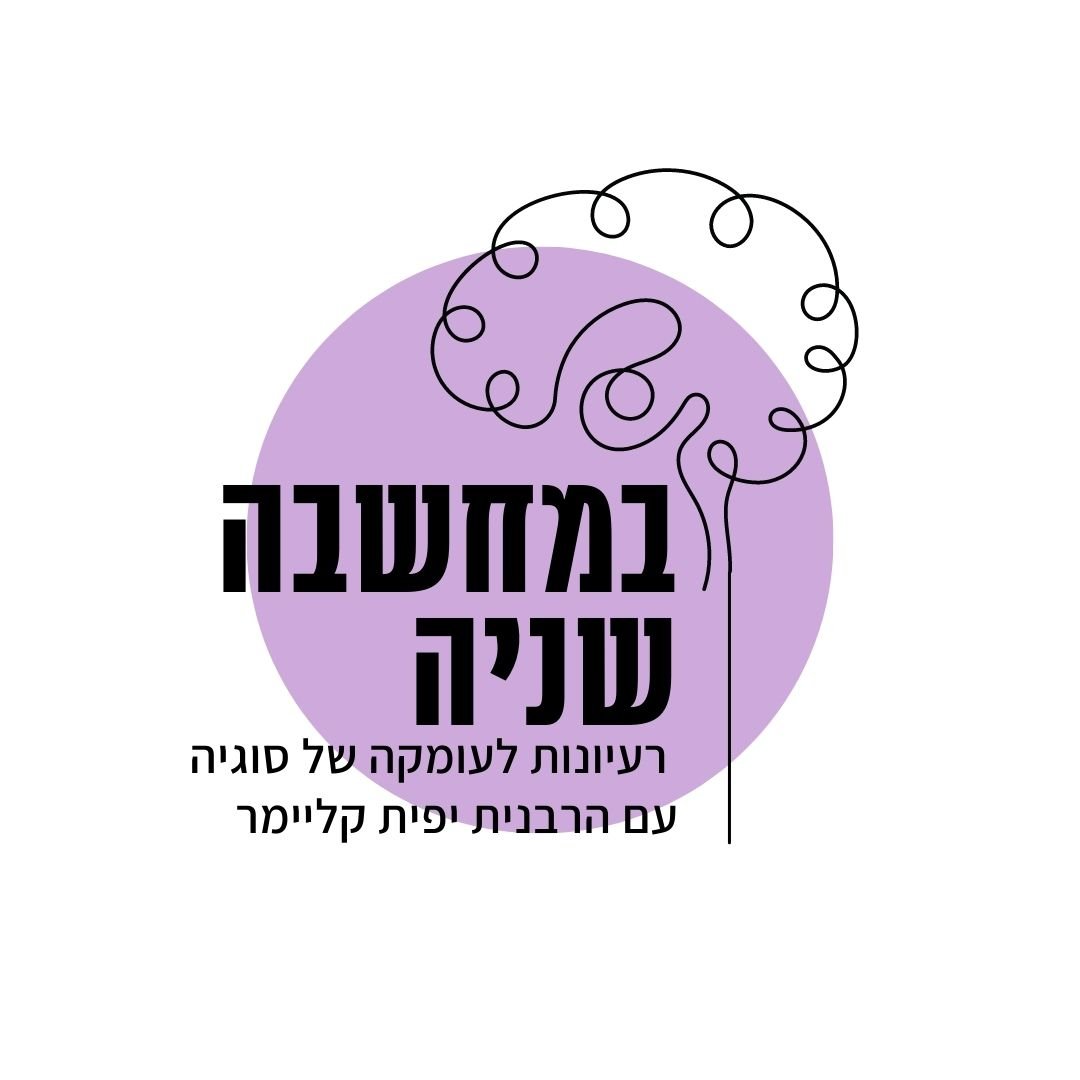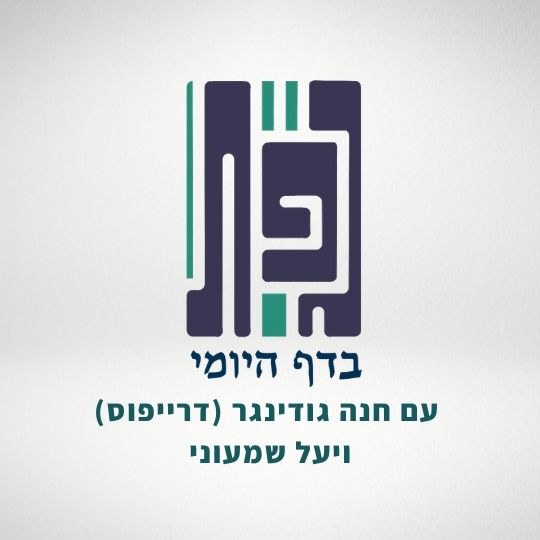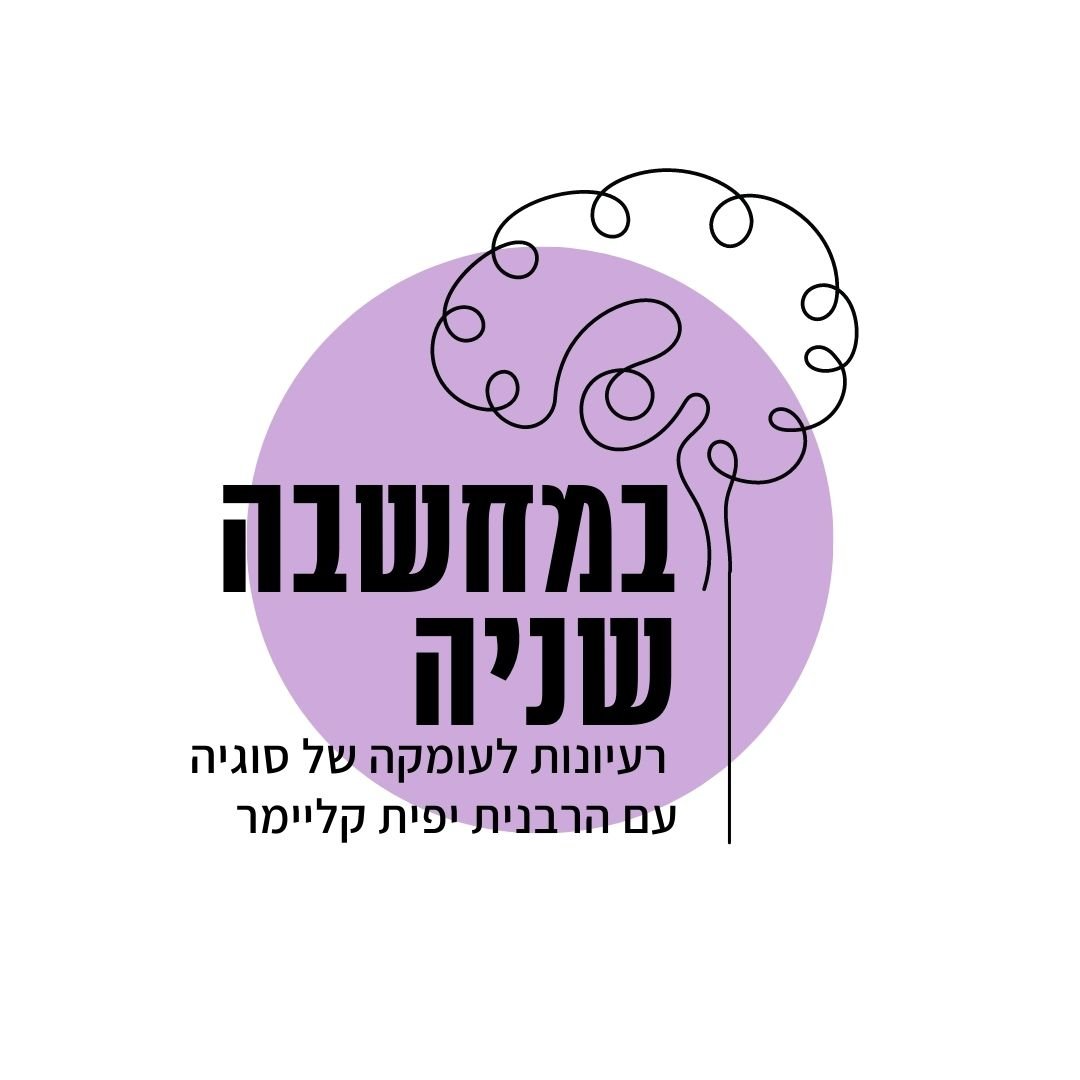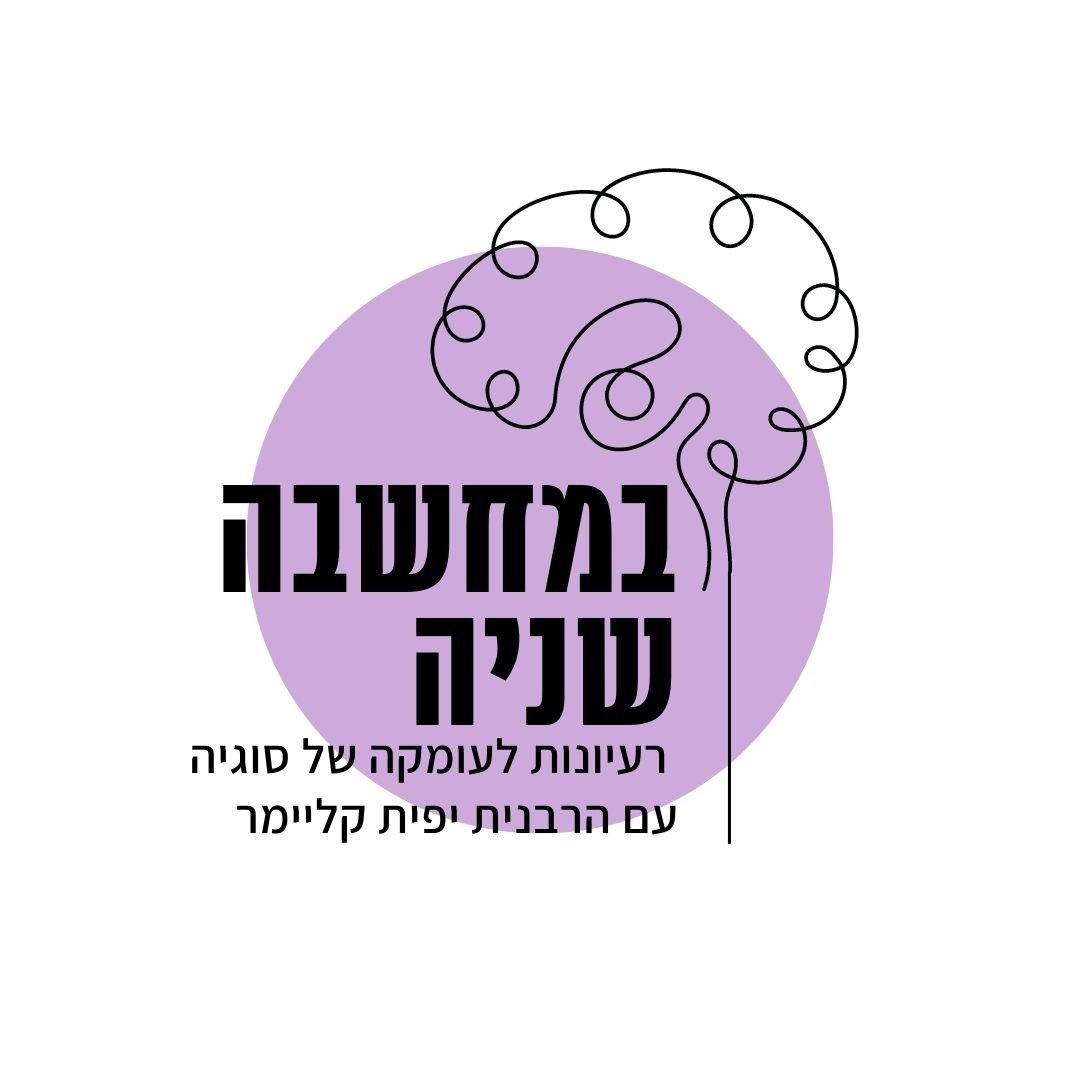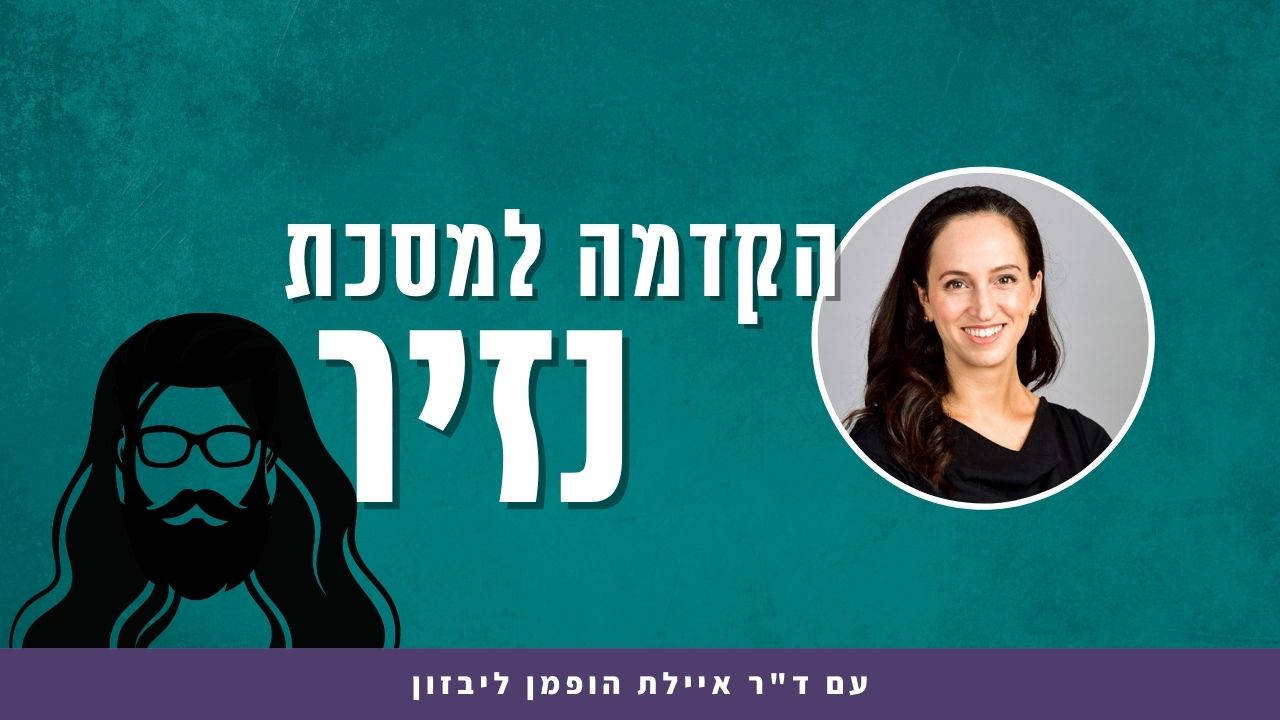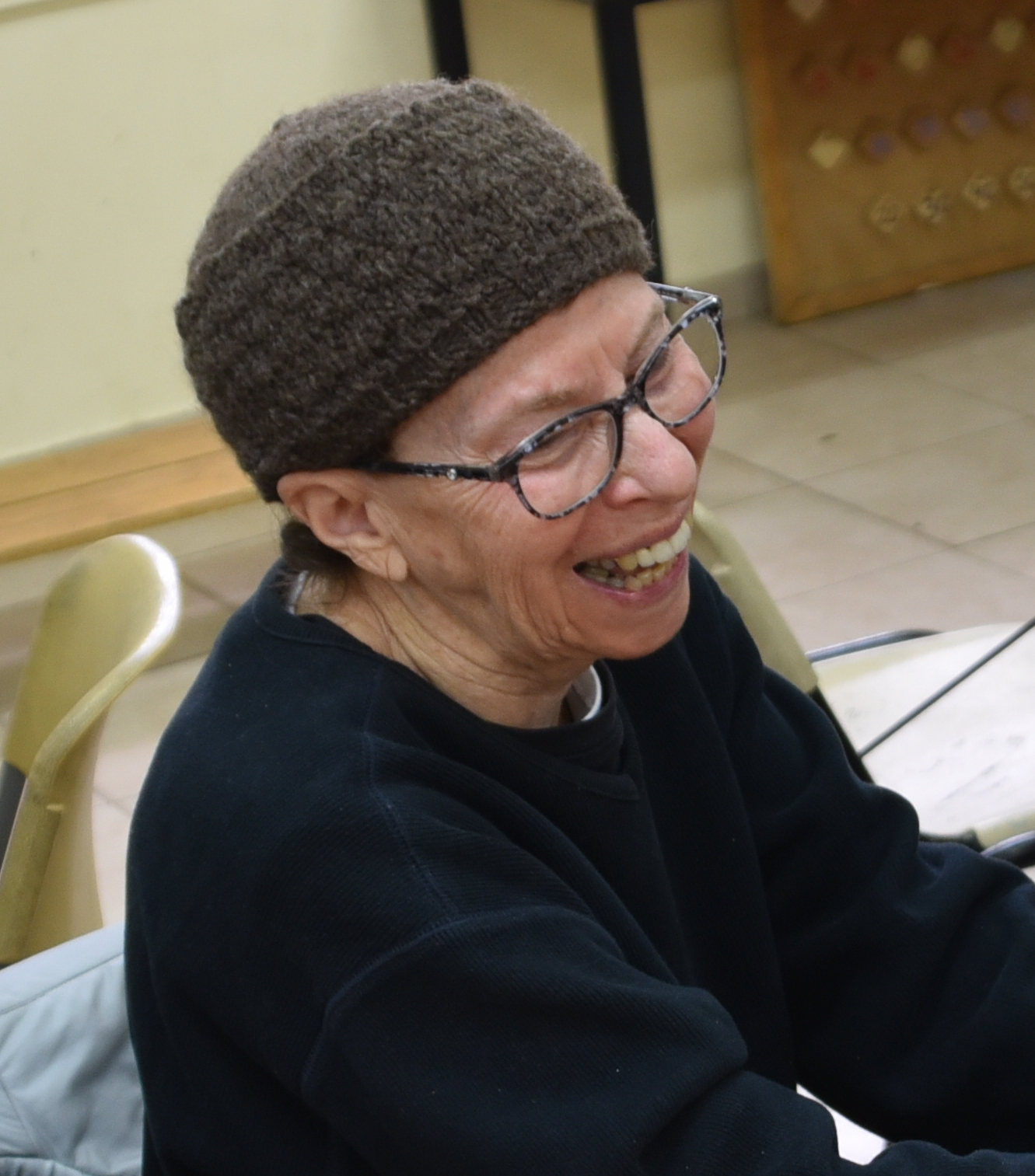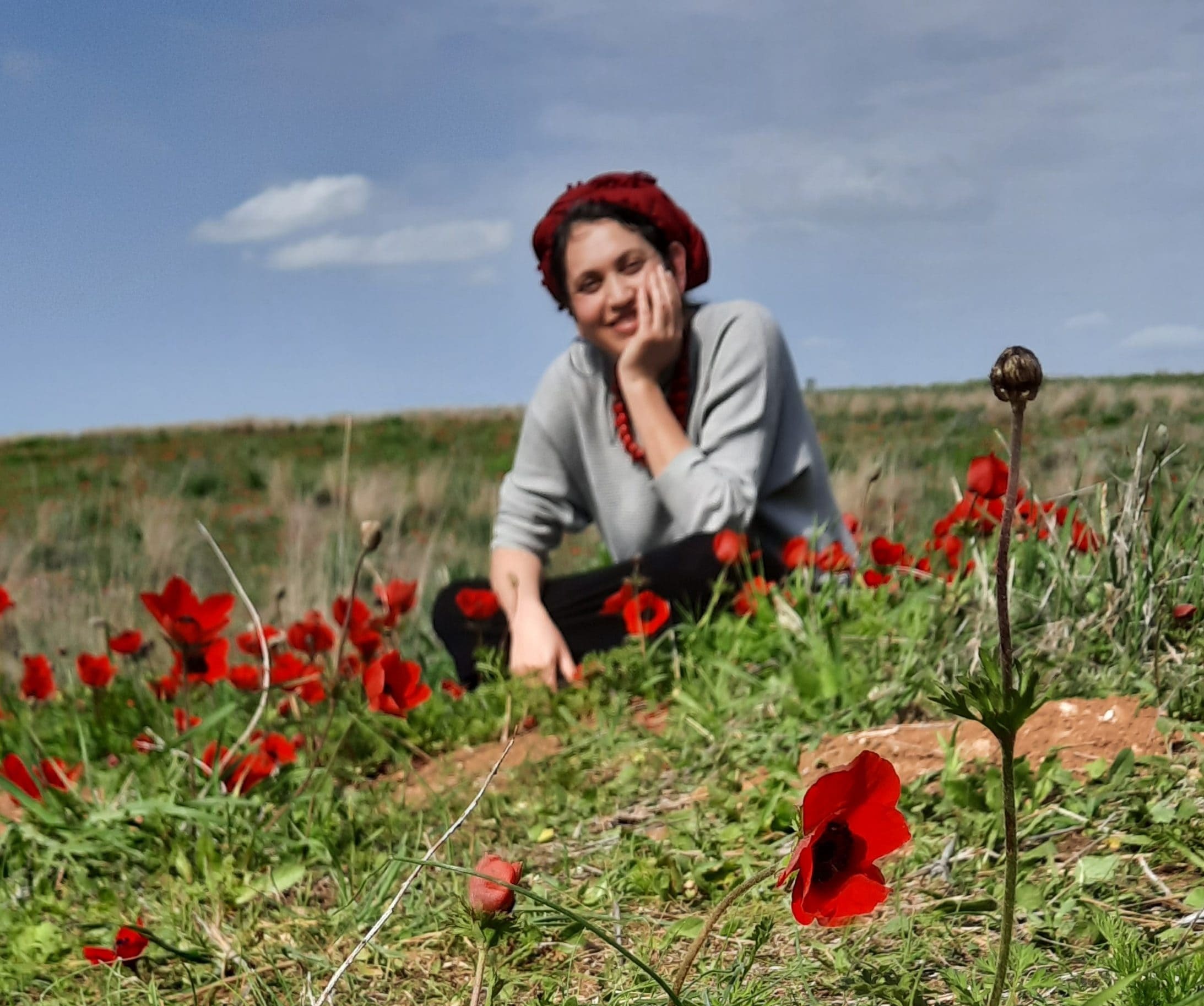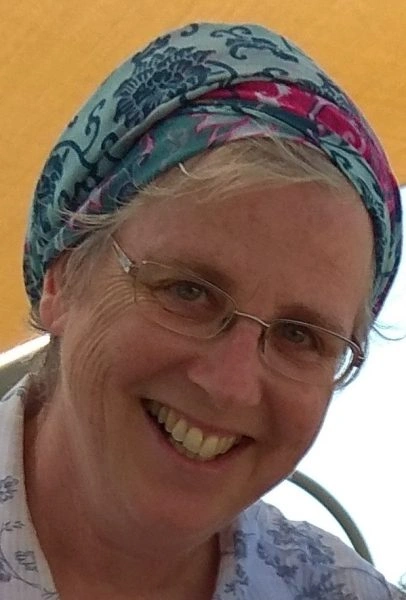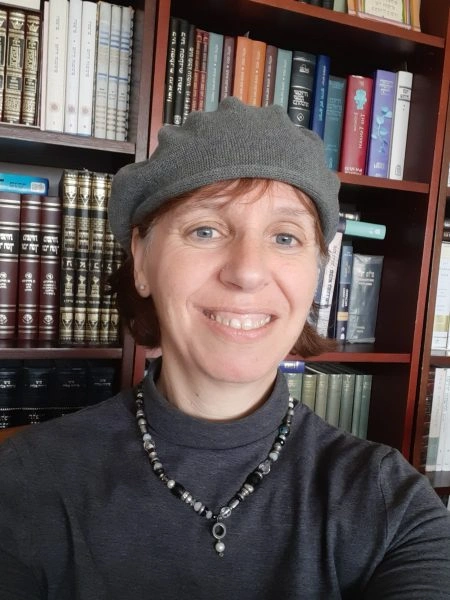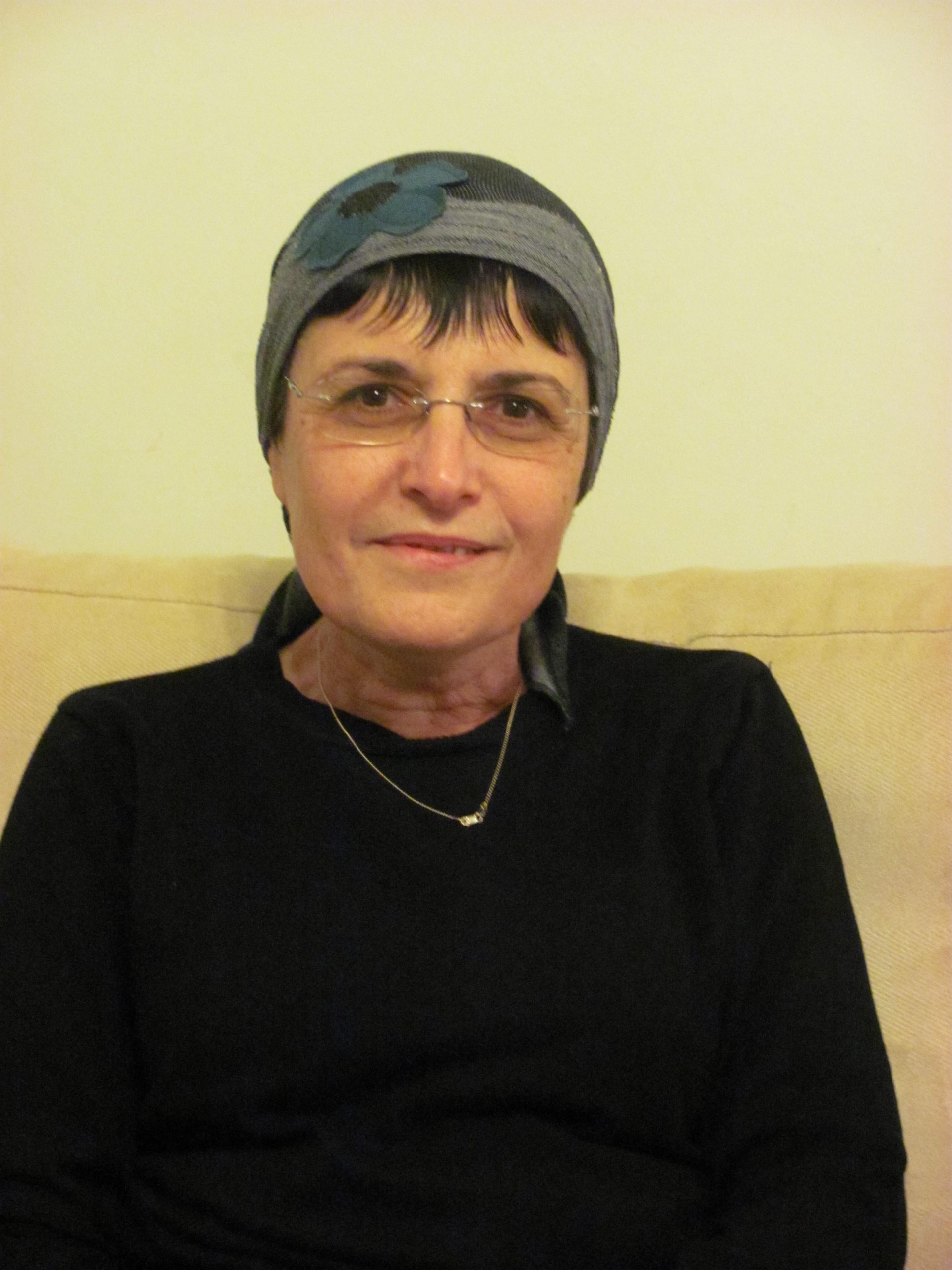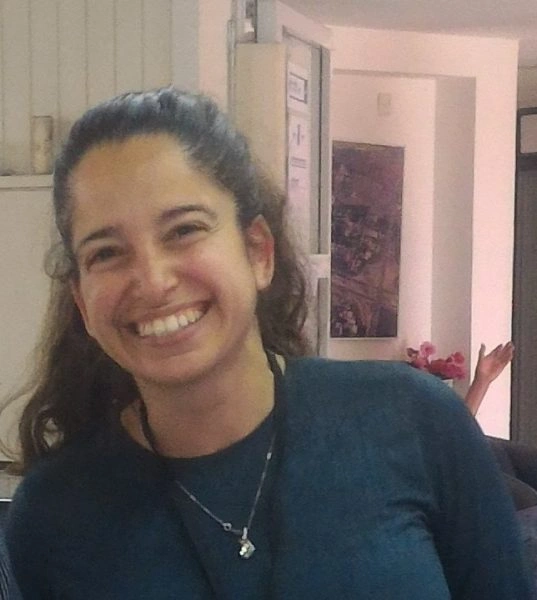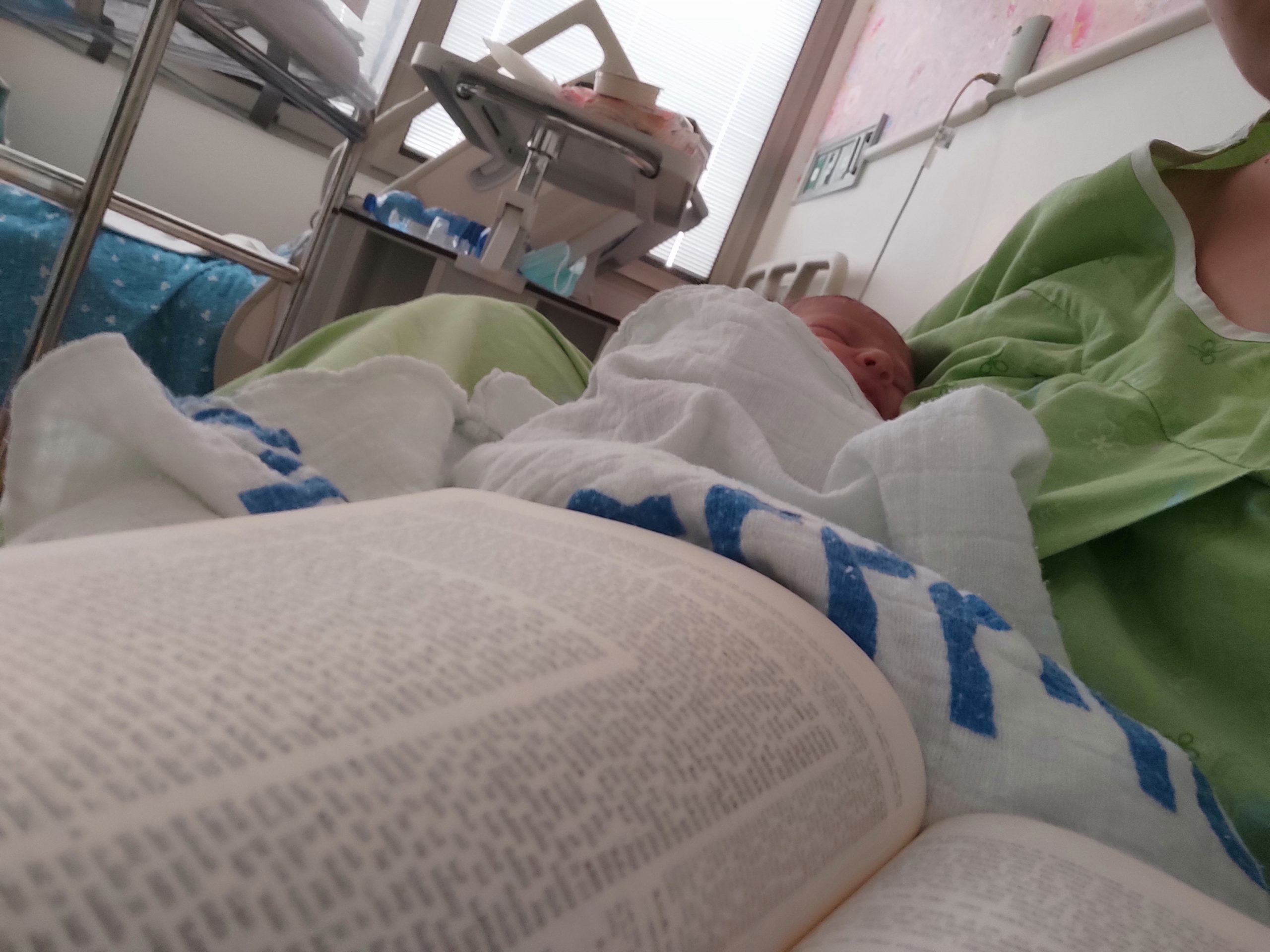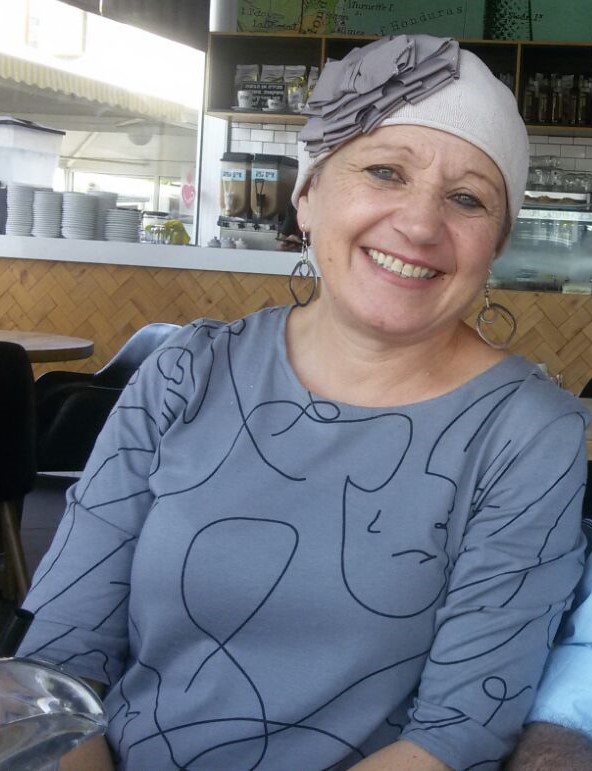נזיר סה
בּוֹדֵק הֵימֶנּוּ וּלְהַלָּן עֶשְׂרִים אַמָּה, מָצָא אֶחָד בְּסוֹף עֶשְׂרִים אַמָּה — בּוֹדֵק הֵימֶנּוּ וּלְהַלָּן עֶשְׂרִים אַמָּה. שֶׁרַגְלַיִם לַדָּבָר. שֶׁאִילּוּ תְּחִילָּה מְצָאוֹ — נוֹטְלוֹ וְאֶת תְּפוּסָתוֹ.
One must therefore examine from that spot outward for twenty cubits. If one finds another corpse at the end of twenty cubits, he examines from that spot outward twenty cubits, as there is a basis for anticipating the matter. It is likely that he has stumbled upon an ancient gravesite. He is not permitted to relocate the corpses, despite the fact that if he had found the single corpse by itself at first he could have removed it and its surrounding earth.
גְּמָ׳ אָמַר רַב יְהוּדָה: מָצָא — פְּרָט לְמָצוּי. מֵת — פְּרָט לְהָרוּג. מוּשְׁכָּב — פְּרָט לְיוֹשֵׁב. כְּדַרְכּוֹ — פְּרָט לְשֶׁרֹאשׁוֹ מוּנָּח בֵּין יַרְכוֹתָיו.
GEMARA: Rav Yehuda said the following inferences from the mishna: The phrase: He found, excludes a corpse that already had been found. If it was known that there was one corpse buried in a certain place, the discovery of two previously unknown corpses does not raise the concern that perhaps it is a forgotten graveyard. Similarly, the term corpse [met] excludes a killed [harug] person. Even if there were three corpses found, if there are signs that these people were killed, the area is not assumed to be a graveyard, as they may have been buried where they were found killed. Likewise, the term lying excludes a sitting person, as Jews were not generally buried in a seated position. The phrase: In the usual manner, excludes one whose head was placed between his thighs, as that is not the way Jews are buried.
תָּנֵי עוּלָּא בַּר חֲנִינָא: מֵת שֶׁחָסַר, אֵין לוֹ תְּפוּסָה וְלֹא שְׁכוּנַת קְבָרוֹת. וְכׇל הָנֵי מַאי טַעְמָא לָא? אָמְרִינַן דִּילְמָא גּוֹי הוּא.
Ulla bar Ḥanina taught a baraita (Tosefta, Oholot 16:2): A corpse that is lacking a part of his body indispensable to life has no halakha of surrounding earth, i.e., there is no need to remove the nearby earth along with the corpse. Nor does it have the halakha of a graveyard, i.e., it does not join with two other corpses to establish this site as a cemetery. The Gemara asks: And with regard to all these listed above, i.e., a corpse that was buried in a sitting position or with its head between its thighs, what is the reason that they are not considered part of a graveyard? The Gemara answers: We say that perhaps the deceased was a gentile, as Jews are not usually buried in these ways.
מָצָא שְׁנַיִם, רֹאשׁוֹ שֶׁל זֶה בְּצַד מַרְגְּלוֹתָיו שֶׁל זֶה, וְרֹאשׁוֹ שֶׁל זֶה בְּצַד מַרְגְּלוֹתָיו שֶׁל זֶה — אֵין לָהֶן תְּפוּסָה וְלֹא שְׁכוּנַת קְבָרוֹת. מָצָא שְׁלֹשָׁה, הָאֶחָד יָדוּעַ וּשְׁנַיִם תְּחִילָּה, אוֹ שְׁנַיִם תְּחִילָּה וּשְׁנַיִם יְדוּעִים — אֵין לָהֶם תְּפוּסָה, וְאֵין לָהֶם שְׁכוּנַת קְבָרוֹת.
The baraita further states: If one found two corpses, with the head of this one by the feet of that one and the head of that one by the feet of this one, they do not have the halakha of surrounding earth, nor do they have the halakha of a graveyard. This is not the way Jews are buried, as corpses in a Jewish cemetery always face the same direction. If one found three corpses, one of which was previously known, while the other two were found for the first time now, or if one found two for the first time and two that were known, they do not have the halakha of surrounding earth, and they also do not have the halakha of a graveyard. One does not view these corpses as connected.
מַעֲשֶׂה בְּרַבִּי יְשֵׁבָב שֶׁבָּדַק וּמָצָא שְׁנַיִם יְדוּעִין וְאֶחָד תְּחִילָּה, וּבִיקֵּשׁ לַעֲשׂוֹתָן שְׁכוּנַת קְבָרוֹת. אָמַר לוֹ רַבִּי עֲקִיבָא: כׇּל שֶׁיָּגַעְתָּ — לָרִיק יָגַעְתָּ. לֹא אָמְרוּ שְׁכוּנַת קְבָרוֹת אֶלָּא לִשְׁלֹשָׁה יְדוּעִין, אוֹ לִשְׁלֹשָׁה תְּחִילָּה.
The baraita relates: An incident occurred involving Rabbi Yeshevav, who examined and found two known corpses and one corpse discovered for the first time, and he wished to deem the three corpses a graveyard. Rabbi Akiva said to him: All your toil is in vain. They said it is a graveyard only in a case of three known corpses buried in one spot or three corpses found for the first time. However, if some were known and others were discovered for the first time, one does not combine them.
נוֹטְלָן וְאֶת תְּפוּסָתָן. הֵיכִי דָּמֵי תְּפוּסָה? אָמַר רַב יְהוּדָה: אָמַר קְרָא ״וּנְשָׂאתַנִי מִמִּצְרַיִם״ — טוֹל עִמִּי.
§ The mishna taught that he removes them and their surrounding earth. The Gemara asks: What are the circumstances of surrounding earth? Rav Yehuda said: The verse states with regard to Jacob’s instruction to Joseph to transfer his remains to Eretz Yisrael: “You shall carry me out from Egypt” (Genesis 47:30), which indicates: Take some earth out from Egypt with me, i.e., take the earth that is near the corpse.
וְכַמָּה שִׁיעוּר תְּפוּסָה? פֵּירֵשׁ רַבִּי אֶלְעָזָר (בְּרַבִּי צָדוֹק): נוֹטֵל עָפָר תִּיחוּחַ, וְחוֹפֵר בַּבְּתוּלָה שָׁלֹשׁ אֶצְבָּעוֹת.
The Gemara further asks: And what is the measure of surrounding earth? Rabbi Elazar, son of Rabbi Tzadok, explained: One takes loose dirt from near the corpse, as it is assumed it has been loosened by the blood and moisture from the corpse, and digs virgin, uncultivated, ground to a depth of three fingerbreadths, in case this earth has absorbed the blood.
מֵיתִיבִי: וְכַמָּה שִׁיעוּר תְּפוּסָה? פֵּירֵשׁ רַבִּי אֶלְעָזָר בְּרַבִּי צָדוֹק: נוֹטֵל אֶת הַקֵּיסָמִין וְאֶת הַקְּסָסוֹת.
The Gemara raises an objection to this ruling from a different baraita: And what is the measure of surrounding earth? Rabbi Elazar, son of Rabbi Tzadok, explained: One takes wood chips found nearby, which might have been part of the coffin, and lumps of earth that might have absorbed the blood and moisture from a corpse.
וְזוֹרֵק אֶת הַוַּודָּאִין וּמַנִּיחַ אֶת הַסְּפֵיקוֹת. וְהַשְּׁאָר מִצְטָרֵף לְרוֹב בִּנְיָנוֹ שֶׁל מֵת, וּלְרוֹבַע עֲצָמוֹת, לִמְלֹא תַּרְווֹד רָקָב.
And he discards that which is certainly not from the corpse, e.g., stones. And he sets aside the items with regard to which it is uncertain if they have a connection with the corpse. And the rest, i.e., anything that is apparently from the corpse, combine to reach the amount of the majority of the structure of a corpse, or of a quarter-kav of bones, or of a full ladle of dust from a corpse. The remains of a corpse impart ritual impurity in a tent only if they meet one of those three qualifications. Anything which is apparently the remains of the corpse is considered dust of a corpse with regard to this halakha. In any event, it is clear that this baraita presents a different definition of surrounding earth.
הוּא דְּאָמַר כִּי הַאי תַּנָּא, דְּתַנְיָא: וְכַמָּה שִׁיעוּר תְּפוּסָה? אָמַר רַבִּי יוֹחָנָן מִשּׁוּם בֶּן עַזַּאי: נוֹטֵל עָפָר תִּיחוּחַ, וְחוֹפֵר בַּבְּתוּלָה שָׁלֹשׁ אֶצְבָּעוֹת.
The Gemara answers: With regard to the first statement of Rabbi Elazar, it was he who said in accordance with the opinion of that tanna, ben Azzai, as it is taught in a baraita: And how much is the measure of surrounding earth? Rabbi Yoḥanan says in the name of ben Azzai: One takes loose earth and digs virgin ground to a depth of three fingerbreadths.
בּוֹדֵק הֵימֶנּוּ.
§ The mishna taught that one must examine the ground for up to twenty cubits from that spot where a corpse was found.
אָמַר רָבָא: בָּדַק וּפִנָּה, בָּדַק וּפִנָּה, בְּדַק וְאַשְׁכַּח — לָא הַאי מְפַנֵּי לֵיהּ גַּבֵּי הָנָךְ תְּרֵי, וְלָא הָנֵי תְּרֵי לְגַבַּי הַאי חַד.
Rava said: With regard to one who examined, found a corpse, and removed it from its place, and again examined nearby, found another corpse, and removed it from its place as well, if he examined yet again and discovered a third corpse, he does not move this third one alongside these two he has already moved, as he now knows that this was a graveyard and the corpses were buried there intentionally. And he does not return these two alongside this one either, as he is not obligated to restore the corpses to their prior locations after they have been reburied.
אִיכָּא דְּאָמְרִי, אָמַר רָבָא: כֵּיוָן שֶׁנִּתְּנָה רְשׁוּת לִפְנוֹת, מְפַנֶּה לְהוֹן. וְלִישַׁוִּינְהוּ שְׁכוּנַת קְבָרוֹת! אָמַר רֵישׁ לָקִישׁ: עִילָּא, מָצְאוּ וְטִיהֲרוּ אֶרֶץ יִשְׂרָאֵל.
There are those who say that Rava said: Since permission was granted to move the first and second corpses, one may therefore move them all, including the third one. The Gemara asks: And let us deem them part of a graveyard. Since three corpses were found buried together, there might be others in the vicinity. Reish Lakish said: They found a pretext and deemed Eretz Yisrael ritually pure. Since at that point there was just one corpse, the Sages were lenient and were not concerned about any further impurity. The Sages wished to avoid uncertain impurity because people were careful to observe the halakhot of ritual purity in Eretz Yisrael, and additional cases of uncertain impurity would be complicated to observe.
בָּדַק מֵעֶשְׂרִים אַמָּה וְלֹא מָצָא, מַאי? אָמַר רַב מְנַשְּׁיָא בַּר יִרְמְיָה אָמַר רַב: שְׁכוּנַת קְבָרוֹת. מַאי טַעְמָא? אָמַר רֵישׁ לָקִישׁ: עִילָּא מָצְאוּ וְטִיהֲרוּ אֶת אֶרֶץ יִשְׂרָאֵל.
The Gemara asks another question: If one examined twenty cubits from the location of those corpses and did not find anything, what is the halakha? Rav Menashya bar Yirmeya says that Rav says: This is a graveyard. Those three corpses compose the graveyard and there is no concern for others. The Gemara asks: What is the reason for this ruling? Why is there no concern that there might be many more corpses in the surrounding area? Once again Reish Lakish said: They found a pretext and deemed Eretz Yisrael ritually pure. Eretz Yisrael is deemed pure in a case of uncertainty.
מַתְנִי׳ כׇּל סְפֵק נְגָעִים בַּתְּחִילָּה, טָהוֹר — עַד שֶׁלֹּא נִזְקַק לְטוּמְאָה. מִשֶּׁנִּזְקַק לְטוּמְאָה — סְפֵקוֹ טָמֵא.
MISHNA: Any case of uncertainty with regard to leprous sores is initially deemed pure until it is established that it is a case of ritual impurity. Once it has been determined to be a case of impurity, uncertainty concerning it is deemed impure.
גְּמָ׳ מְנָא הָנֵי מִילֵּי? אָמַר רַב יְהוּדָה אָמַר רַב: אָמַר קְרָא ״לְטַהֲרוֹ אוֹ לְטַמְּאוֹ״, הוֹאִיל וּפָתַח [בּוֹ] הַכָּתוּב בְּטׇהֳרָה תְּחִילָּה. אִי הָכִי, אֲפִילּוּ מִשֶּׁנִּזְקַק לְטוּמְאָה נָמֵי סְפֵקוֹ טָהוֹר!
GEMARA: The Gemara asks: From where are these matters derived? Rav Yehuda said that Rav said: The verse states: “This is the law of the plague of leprosy…to pronounce it pure or to pronounce it impure” (Leviticus 13:59). Since the verse opened with purity first, this teaches that any case of uncertainty concerning leprous sores is deemed pure. The Gemara asks: If so, if the halakha is based on this verse, then even once it has been determined to be a case of impurity, uncertainty concerning it should be deemed pure as well, as this interpretation of the verse should apply to all cases of uncertainty with regard to leprosy.
אֶלָּא, כִּי אִיתְּמַר דְּרַב יְהוּדָה אָמַר רַב, אַהָא אִיתְּמַר: אִם בַּהֶרֶת קָדְמָה לְשֵׂעָר לָבָן — טָמֵא, וְאִם שֵׂעָר לָבָן קוֹדֵם לַבַּהֶרֶת — טָהוֹר. סָפֵק — טָמֵא. וְרַבִּי יְהוֹשֻׁעַ אָמַר: כִּיהָה.
Rather, when this statement, that Rav Yehuda said that Rav said, was stated, it was stated with regard to the following dispute in a mishna concerning an uncertain leprous sore (Nega’im 4:11): If the snow-white leprous sore [baheret], which is one sign of leprosy, preceded the white hair, which is another sign, he is impure. This halakha is stated in the Torah (see Leviticus 13:3). And if the white hair preceded the baheret he is pure, as this is not considered a sign of impurity. If there is uncertainty as to which came first, he is impure. And Rabbi Yehoshua said: Keiha.
מַאי ״כִּיהָה״? אָמַר רַב יְהוּדָה: כִּיהָה וְטָהוֹר. וְדִילְמָא כִּיהָה וְטָמֵא? אָמַר רַב יְהוּדָה אָמַר רַב: אָמַר קְרָא ״לְטַהֲרוֹ אוֹ לְטַמְּאוֹ״. הוֹאִיל וּפָתַח בּוֹ הַכָּתוּב בְּטׇהֳרָה תְּחִילָּה.
The Gemara asks: What is the meaning of keiha? Rav Yehuda said: Rabbi Yehoshua pronounced the matter unsolvable and ruled it is pure. The Gemara further asks: And perhaps this means that he pronounced the matter unsolvable and ruled it is impure? Rav Yehuda said that Rav said: The verse states: “To pronounce it pure or to pronounce it impure” (Leviticus 13:59); since the verse opened with purity first, any case of uncertainty concerning leprous sores is deemed pure.
מַתְנִי׳ בְּשִׁבְעָה דְּרָכִים בּוֹדְקִין אֶת הַזָּב עַד שֶׁלֹּא נִזְקַק לְזִיבָה: בְּמַאֲכָל וּבְמִשְׁתֶּה, בְּמַשָּׂא וּבִקְפִיצָה, וּבְחוֹלִי, וּבְמַרְאֶה, וּבְהִירְהוּר.
MISHNA: This mishna discusses another case that includes the statement: There is a basis to anticipate the matter. One examines a man who experienced a gonorrhea-like discharge [zav] in seven ways, as long as he has not been confirmed as having a gonorrhea-like discharge [ziva]. With regard to an individual’s second such discharge, before he has been established as a greater zav, one examines to see whether there may have been a particular trigger of his discharge. One examines him with regard to food and with regard to drink, in case the discharge might have been the result of overeating or excess drinking; with regard to a burden, as it might have been caused by the weight of a heavy burden; and with regard to jumping, in case he jumped and this led to the discharge; and with regard to sickness; and with regard to an arousing sight; and with regard to the thought of a woman.
מִשֶּׁנִּזְקַק לְזִיבָה — אֵין בּוֹדְקִין אוֹתוֹ. אוֹנְסוֹ וּסְפֵיקוֹ וְשִׁכְבַת זַרְעוֹ — טְמֵאִים. שֶׁרַגְלַיִם לַדָּבָר.
Once he has been confirmed as having a ziva, after two definite discharges of ziva, one no longer examines him in this way, as any discharge is deemed impure. If one experiences three discharges of ziva, he is obligated to bring an offering following his purification. Accordingly, his discharge that was due to circumstances beyond his control, i.e., for one of the seven reasons listed above, and his discharge about which it is uncertain if it is ziva, and even his semen, which is not usually considered the discharge of a zav, are all impure. Why is this so? It is because there is a basis for anticipating the matter. Once he has the status of a zav, it can be assumed that subsequent discharges are of ziva as well.
הַמַּכֶּה אֶת חֲבֵירוֹ וַאֲמָדוּהוּ לְמִיתָה, וְהֵקֵל מִמַּה שֶּׁהָיָה, לְאַחַר מִכָּאן הִכְבִּיד וָמֵת — חַיָּיב. רַבִּי נְחֶמְיָה אוֹמֵר: פָּטוּר, שֶׁרַגְלַיִם לַדָּבָר.
The Sages similarly taught: With regard to one who strikes another with heavy blows, and doctors assessed that he would die as a result of the beating, but his health improved from what it was, so that they then determined that he would not die from his injuries, and afterward his condition worsened and he died, the one who struck him is liable to receive court-imposed capital punishment, as it is assumed that the victim’s death was caused by the assault. Rabbi Neḥemya says: He is exempt, because there is a basis for anticipating the matter. Since the victim began to recover during his illness, it is reasonable to assume that his death was caused by a factor other than the assault.
גְּמָ׳ מְנָא הָנֵי מִילֵּי? אָמַר רַבִּי נָתָן: אָמַר קְרָא ״וְהַזָּב אֶת זוֹבוֹ״, לִרְאִיָּה שְׁלִישִׁית אִיתַּקַּשׁ לִנְקֵיבָה.
GEMARA: The Gemara asks: From where are these matters derived, that one examines a zav before he has been confirmed as having a ziva, but not after? Rabbi Natan says that the verse states: “And the zav who has an issue [zav et zovo], whether it is a man or a woman” (Leviticus 15:33). This teaches that after two discharges, corresponding to the words zav and zovo, with regard to the third sighting, when one is already a zav, the verse juxtaposes the halakha of a male to that of a female: Just as it makes no difference in the case of a female whether her discharge of menstrual blood was triggered by an external factor, as she is ritually impure regardless, once a male zav has the status of impurity, one no longer examines him to see if his discharge was triggered by an external factor.
וְהָתַנְיָא, רַבִּי אֱלִיעֶזֶר אוֹמֵר בַּשְּׁלִישִׁית בּוֹדְקִין אוֹתוֹ, בָּרְבִיעִית אֵין בּוֹדְקִין אוֹתוֹ! אֶלָּא בְּאֶתִּים קָמִיפַּלְגִי: רַבִּי אֱלִיעֶזֶר דָּרֵישׁ אֶתִּים. וְרַבָּנַן לָא דָּרְשִׁי אֶתִּים.
The Gemara asks: But isn’t it taught in a mishna (Zavim 2:2) that Rabbi Eliezer says: For the third discharge one still examines him; for the fourth discharge one does not examine him. Where does the verse allude to the fourth discharge? The Gemara answers: Rather, they disagree with regard to instances of the word “et,” i.e., whether or not the word “et” teaches an additional halakha, or whether it is written purely for syntactical reasons. Rabbi Eliezer expounds instances of the word “et,” and therefore he counts the phrase “zav et zovo” as three words referring to three discharges. And the Rabbis do not expound instances of the word “et,” which means that in their opinion this verse alludes to only two discharges.
אוֹנְסוֹ וּסְפֵיקוֹ.
§ The mishna taught that his discharge that was due to circumstances beyond his control, and his discharge about which it is uncertain if it is ziva, are considered impure.

